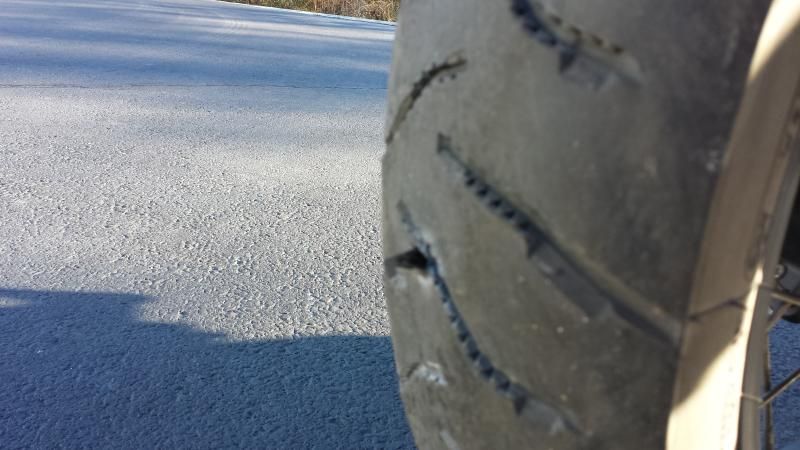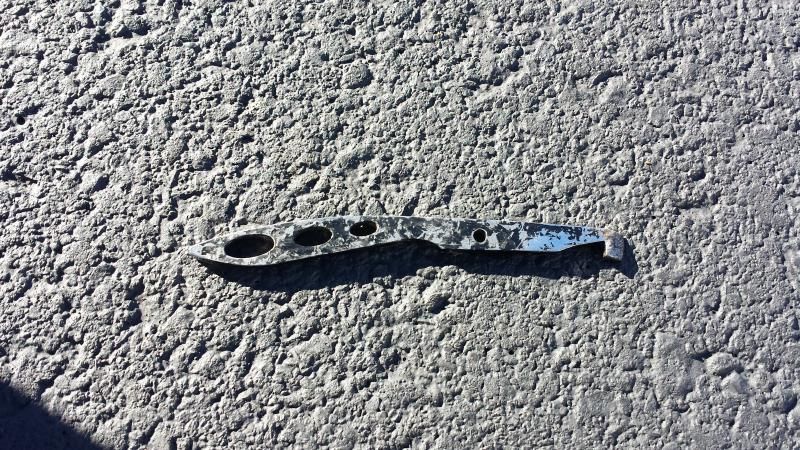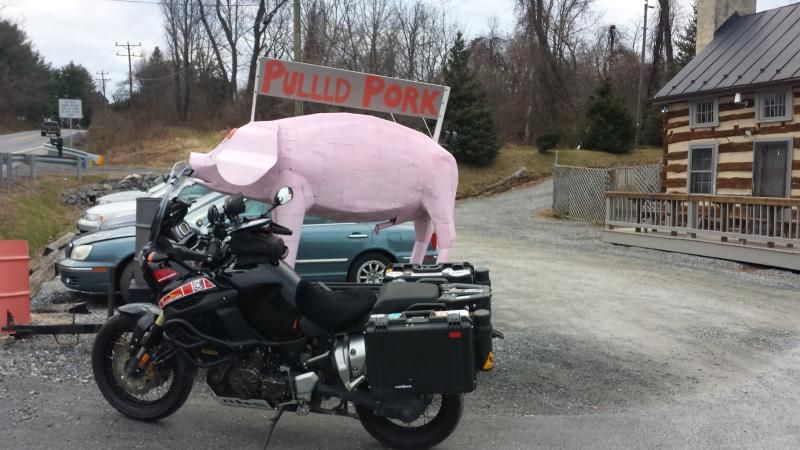Dirt_Dad
Well-Known Member
Founding Member
2011 Site Supporter
2013 Site Supporter
2014 Site Supporter
I've never contemplated that question until this afternoon.
Bike was hard to get rolling off kickstand this morning. I knew that feeling. Looked down and had a flat. No big deal, I was going to ride the other Tenere anyways. Rolled it out of the way, put it up on the stand, then did a quick survey of the tire.
Doctor Obvious said, "well, there's your problem."

Didn't like what I saw after I started pulling.

Damn, that may be the worst looking thing I've ever picked up.

After riding the other bikes, I returned to plug the obvious hole in my Tenere. Inflated the tire and found a second hole...plugged. Inflated to 25lbs, check with soapy water, so far so good. Inflated to 42lbs...two more tiny holes appear. So I have at least 4 holes needing attention all within 8 inches of each other.
That's too much for even me. I've never hesitated to plug and ride. 4 holes in 8 inches found so far... I'm out.
I really thought this Anakee III was going to get me through the winter. Now I have to figure out what I'm trying next.
Bike was hard to get rolling off kickstand this morning. I knew that feeling. Looked down and had a flat. No big deal, I was going to ride the other Tenere anyways. Rolled it out of the way, put it up on the stand, then did a quick survey of the tire.
Doctor Obvious said, "well, there's your problem."

Didn't like what I saw after I started pulling.

Damn, that may be the worst looking thing I've ever picked up.

After riding the other bikes, I returned to plug the obvious hole in my Tenere. Inflated the tire and found a second hole...plugged. Inflated to 25lbs, check with soapy water, so far so good. Inflated to 42lbs...two more tiny holes appear. So I have at least 4 holes needing attention all within 8 inches of each other.
That's too much for even me. I've never hesitated to plug and ride. 4 holes in 8 inches found so far... I'm out.
I really thought this Anakee III was going to get me through the winter. Now I have to figure out what I'm trying next.

